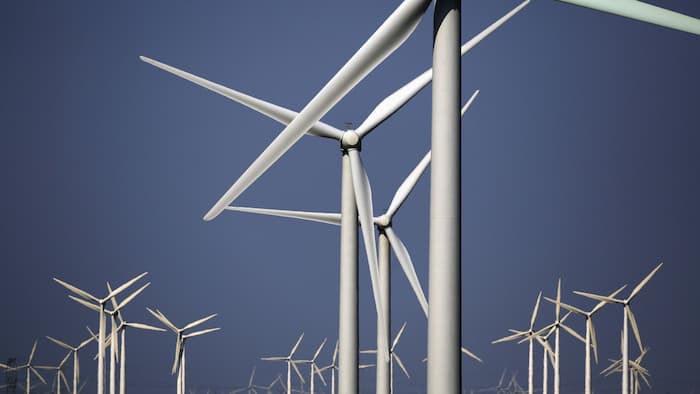
OVERVIEW
MANAGEMENT
PERFORMANCE
POSSIBILITIES
CAPITALS
ACTIVITIES
ACTORS
BURGESS
Energy ... Renewables |
|
Burgess COMMENTARY |
|
Renewables jump 70 per cent in shift away from fossil fuels World’s 20 major economies shift away from fossil fuel generated energy
The share of electricity that the world’s 20 major economies are generating from the sun and the wind has jumped by more than 70 per cent in the space of five years, new figures show. In a sign of the shift away from fossil fuels that is starting to take hold in some regions, G20 countries collectively produced 8 per cent of their electricity from solar farms, wind parks and other green power stations in 2015, up from 4.6 per cent in 2010. Seven G20 members now generate more than 10 per cent of their electricity from these sources, compared with three in 2010. The seven were led by Germany, home of the Energiewende — a policy shift towards green power. Renewables made up 36 per cent of its electricity mix, according to data compiled for the FT by the Bloomberg New Energy Finance research group. The UK, Italy and France all generated more than 19 per cent of their electricity from renewables while Australia and Brazil reached 11 per cent and 13 per cent respectively. For the 28 members of the EU, the number was 18 per cent. The figures do not include hydropower, one of the oldest sources of renewable electricity. Instead, the data underline the growth of newer forms of green energy such as solar and wind farms that have been heavily subsidised in many countries as governments try to combat global warming. This growth has been especially striking in the UK, which generated 24 per cent of its electricity from such renewables last year compared with just 6 per cent in 2010. Still, fossil fuels continue to dominate the electricity supply in many countries, including the US and China, two of the most powerful proponents of the UN climate change accord struck in Paris in December.
China is the world’s largest clean energy market, accounting for nearly a third of the $329bn invested in clean energy globally last year as the government continued to boost its renewables industry. A Chinese company, Goldwind, became the largest wind turbine maker in 2015, putting an end to more than 30 years of US and European supremacy in the industry. Chinese solar panel companies have long ruled that sector. Despite this, renewable power stations such as wind and solar parks only accounted for a 5 per cent share of China’s electricity mix last year, according to the BNEF figures, about the same as India, Mexico and Japan. That is because China added a “substantial” amount of coal-fired power generating capacity over that five-year period, said BNEF analyst, Abraham Louw. In the US, the administration of President Barack Obama has made big efforts to cut carbon pollution from the country’s power plants, while wind and solar power stations have grown sharply. But fossil fuels continue to lead the country’s electricity mix, with the BNEF research showing non-hydropower renewables accounted for only 8 per cent of the total last year. That is a lot more than Saudi Arabia and Russia, however, where newer renewables remain negligible. Play video Copyright The Financial Times Limited 2016. All rights reserved. You may share using our article tools. Please don't cut articles from FT.com and redistribute by email or post to the web. |
|
Pilita Clark, FT Environment Correspondent
August 14, 2016 |
| The text being discussed is available at https://www.ft.com/content/67b20418-60cc-11e6-ae3f-77baadeb1c93 and |

